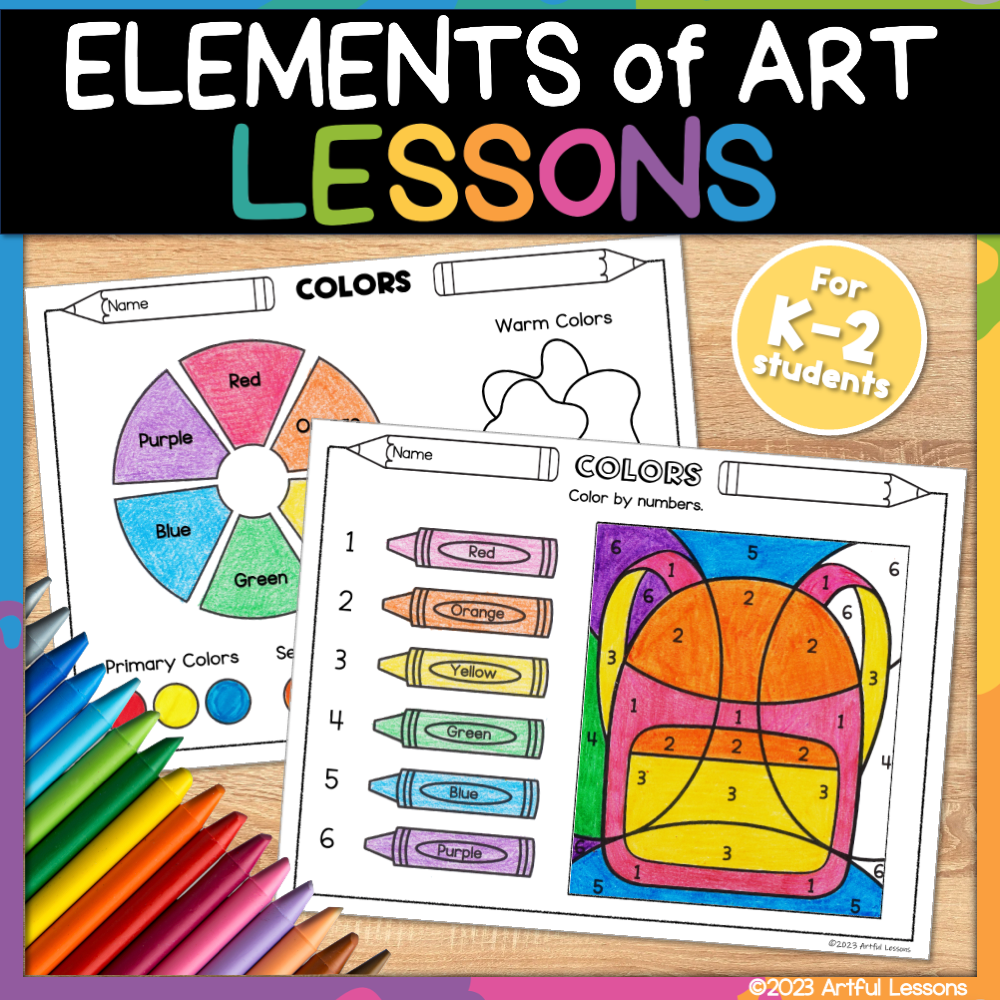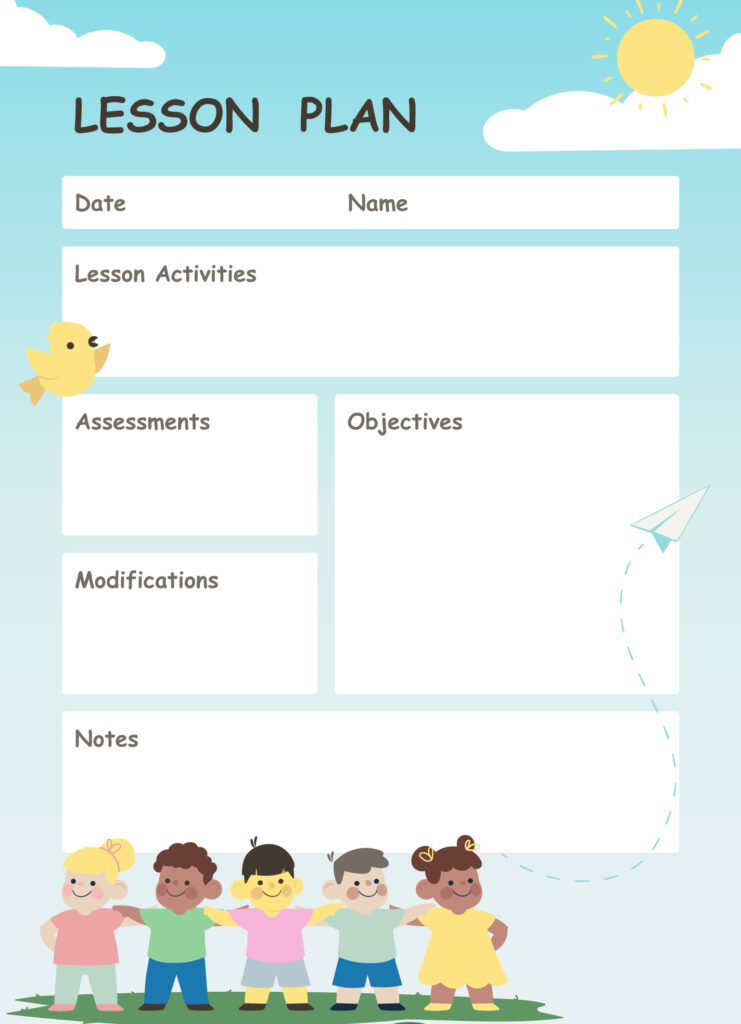Form is an essential element of art that adds depth and dimension to a two-dimensional piece. Teaching elementary students about form helps them understand how to create the illusion of three-dimensional objects on a flat surface. By incorporating form into their artwork, students can enhance their compositions and create more realistic and visually appealing pieces.
When teaching form to elementary students, it is important to start with basic shapes such as spheres, cubes, and cylinders. By introducing these shapes and showing students how to manipulate them to create different forms, they can begin to understand how to represent objects in a more realistic way.
Elementary Art Lesson Plans On Form
Lesson Plan Ideas for Teaching Form
1. Shape Sculptures: Have students create three-dimensional sculptures using basic shapes such as spheres, cubes, and cones. Encourage them to experiment with different arrangements and sizes to create interesting compositions.
2. Shadow Drawing: Teach students how to add shadows to their drawings to create the illusion of form. Have them practice drawing basic shapes and adding shadows to show depth and dimension.
Assessment and Extension Activities
After completing their form projects, assess students’ understanding by asking them to explain how they used form in their artwork. Encourage them to identify the different shapes and forms they used and how they manipulated them to create their compositions.
For extension activities, challenge students to create more complex forms or incorporate form into a larger composition. You can also introduce them to artists who are known for their use of form in their artwork, such as Pablo Picasso or Henry Moore, and have them create pieces inspired by these artists.

